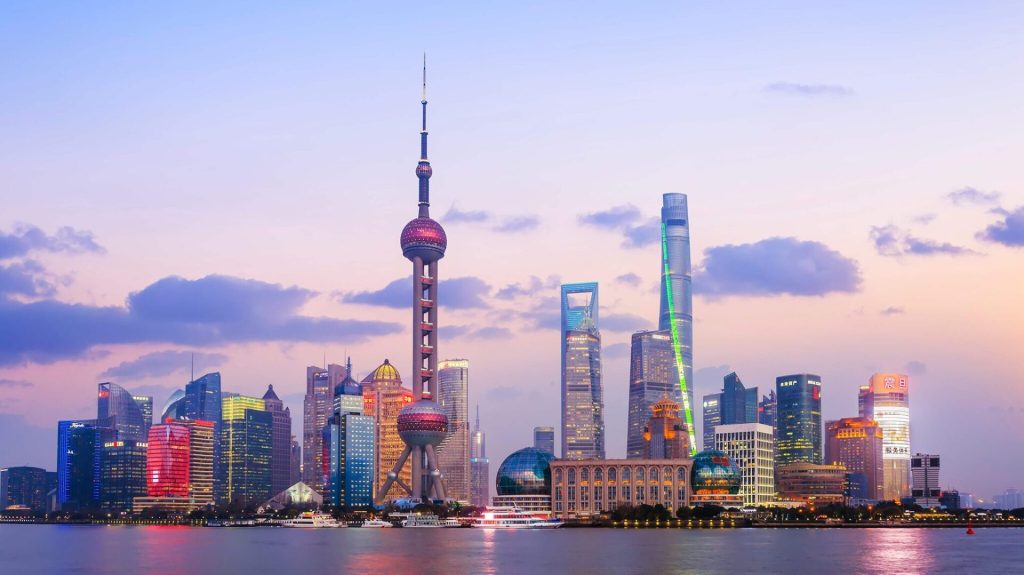The Global Skepticism Around China’s Markets
In recent years, global headlines have increasingly questioned whether China remains a viable destination for investment capital. Between sweeping regulatory crackdowns, an ailing property sector, tensions with the West, and an unpredictable policy environment, international fund flows have retreated. U.S.-based institutional investors, in particular, have grown cautious. Some pension funds are cutting China exposure altogether. The MSCI China Index has underperformed global peers for three consecutive years. At the center of this retreat is the perception that the Chinese government’s priorities—such as “common prosperity” and national security—conflict with the interests of private capital and shareholder returns. Add in rising geopolitical friction with the U.S. and concerns about capital controls, and it’s easy to see why “uninvestable” has become a label some apply to the world’s second-largest economy. But in the shadows of this broad pessimism, a cohort of contrarian fund managers is making a very different case: that this moment of retreat is precisely the time to go hunting for underpriced Chinese assets.
What Contrarians See That Others Miss
Contrarian investors often thrive where consensus fear reigns. Fund managers operating from Shanghai and Hong Kong point out that despite top-down volatility, China’s consumer economy, tech innovation, and manufacturing backbone remain robust. While Western capital is withdrawing, domestic institutional investors continue to allocate capital selectively, focusing on “policy-aligned” sectors like semiconductors, green energy, and advanced manufacturing. These managers argue that the key to success in China is understanding its unique policy cycle and investing alongside—not against—Beijing’s strategic objectives. Several funds have shifted from high-growth platform techs (such as Alibaba and Tencent) to deep tech, AI infrastructure, and EV supply chains. They also stress the distinction between foreign listings and onshore opportunities, pointing out that offshore sentiment often distorts reality on the ground. For example, A-shares—stocks listed in mainland China—have seen increased domestic buying, even as U.S.-listed Chinese ADRs face delisting risk and poor performance. Contrarians see opportunity in this divergence and argue that risk-adjusted returns are improving.
Tech and Real Estate: Wreckage or Reset?
China’s technology and property sectors have been ground zero for regulatory and financial tumult. The crackdown on Big Tech began in late 2020 with the scuttling of Ant Group’s IPO, followed by sweeping restrictions on data security, monopolistic practices, and youth gaming. The result has been a rerating of China’s once high-flying tech stocks. But now, some see signs of regulatory normalization. The Cyberspace Administration of China (CAC) has gradually reapproved gaming licenses, and antitrust fines have slowed. In late 2023, several tech CEOs spoke publicly about a “more predictable” policy climate, sparking cautious optimism. Still, the new regime favors hardware over platforms: chipmakers, industrial automation, and AI processors over e-commerce and social media. Meanwhile, the property sector remains deeply distressed. Developers like Evergrande and Country Garden have defaulted on billions in bonds, and consumer confidence in real estate is low. But policy measures—like reduced mortgage rates and relaxed home-buying restrictions—signal attempts at a managed soft landing. For deep-value investors, the sector offers asymmetric upside. Some funds are accumulating bonds of distressed but state-backed developers at cents on the dollar, betting on implicit guarantees and restructuring recovery.
A-Shares, H-Shares, and the Offshore-Onshore Divide
Understanding the different channels for investing in Chinese equities is crucial to navigating the market’s complexities. A-shares, listed in Shanghai and Shenzhen, are primarily held by domestic investors and increasingly reflect local sentiment and policy shifts. These shares have shown resilience even when offshore-listed Chinese companies—especially ADRs in New York—faced sharp selloffs or regulatory threats. H-shares, listed in Hong Kong, are more accessible to foreign investors but are more sensitive to international headlines and fund flows. The recent Southbound Stock Connect channel, allowing mainland investors to buy Hong Kong-listed stocks, has somewhat stabilized the H-share market. However, the key theme is decoupling: A-shares and H-shares are increasingly pricing different risk premiums. For fund managers looking to avoid ADR risk and currency constraints, ETFs focused on onshore sectors aligned with China’s Five-Year Plan—like renewables, biotech, and automation—are gaining favor. In addition, smart beta products tracking China’s STAR Market (a Nasdaq-style tech board in Shanghai) are emerging as tools for thematic exposure.

Policy Predictability and the New Investment Playbook
Investing in China now requires decoding a new playbook—one shaped by Beijing’s shifting policy priorities and domestic economic goals. For example, the government’s “dual circulation” strategy, aimed at boosting domestic demand while upgrading export capabilities, points toward favored sectors like domestic consumer brands, rural e-commerce, high-end manufacturing, and AI sovereignty. In this context, private education firms or fintech platforms—once growth darlings—are now policy pariahs. Meanwhile, the State Council and local governments are increasingly using pilot zones, subsidies, and industrial funds to incubate strategic industries. Investors with local partnerships or research teams can gain an edge by identifying early beneficiaries of these trends. In this way, the new playbook is not about avoiding risk altogether, but about understanding where the political tailwinds are strongest. It also requires a deeper cultural literacy about policymaking rhythms, reading between the lines of the National People’s Congress outcomes, and tracking signals from state media.
Currency and Capital Controls: Real Constraints or Overstated Fears?
Another fear frequently cited by global investors is China’s currency and capital control regime. The People’s Bank of China (PBoC) maintains tight control over the renminbi, and capital outflows are monitored closely. While this can raise concerns about fund repatriation or FX volatility, many long-term investors see it as manageable. China’s capital controls can also insulate onshore assets from the worst of global panic selling. Moreover, mechanisms like the Qualified Foreign Institutional Investor (QFII) program, Stock Connect, and the Bond Connect platform have improved access and liquidity for global funds. The renminbi’s stability has also improved relative to other emerging market currencies, thanks in part to China’s large FX reserves and strong trade surplus. For funds willing to hedge currency risk or use USD-denominated proxies like Hong Kong ETFs or Dim Sum bonds (offshore RMB debt), the FX constraints are more of a portfolio management issue than a dealbreaker.
What the Smart Money Is Doing Now
Despite the headlines, some of the world’s largest asset managers are quietly repositioning themselves in China. Bridgewater Associates, Goldman Sachs Asset Management, and Fidelity International have all expanded their onshore operations. Private equity firms are still deploying capital into Chinese startups in semiconductors, EV supply chains, and logistics technology. Sovereign wealth funds from the Middle East and Asia remain active, particularly in pre-IPO rounds of hard-tech firms aligned with Beijing’s policy goals. These investors are not dismissing the risks—they are adapting to them with new frameworks, better local intelligence, and an eye for deeply discounted assets. The overarching thesis: China is too big, too dynamic, and too central to the global economy to ignore completely. The trick is knowing how to invest in it—not whether.
Conclusion: Risky, Yes—But Uninvestable? Not So Fast
The term “uninvestable” implies a market so opaque, erratic, or hostile that rational capital has no place in it. While China has undoubtedly introduced significant risks—regulatory, geopolitical, and financial—the reality is more nuanced. For investors with patience, local insight, and a policy-aware strategy, China may offer some of the most asymmetric opportunities in global markets today. The valuation gaps, policy misreads, and global fund exodus have created a fertile ground for contrarian capital. Yes, the rules have changed. But those who adapt, rather than retreat, may find that China is far from uninvestable—it’s simply undergoing one of the most complex transformations of our time.













































